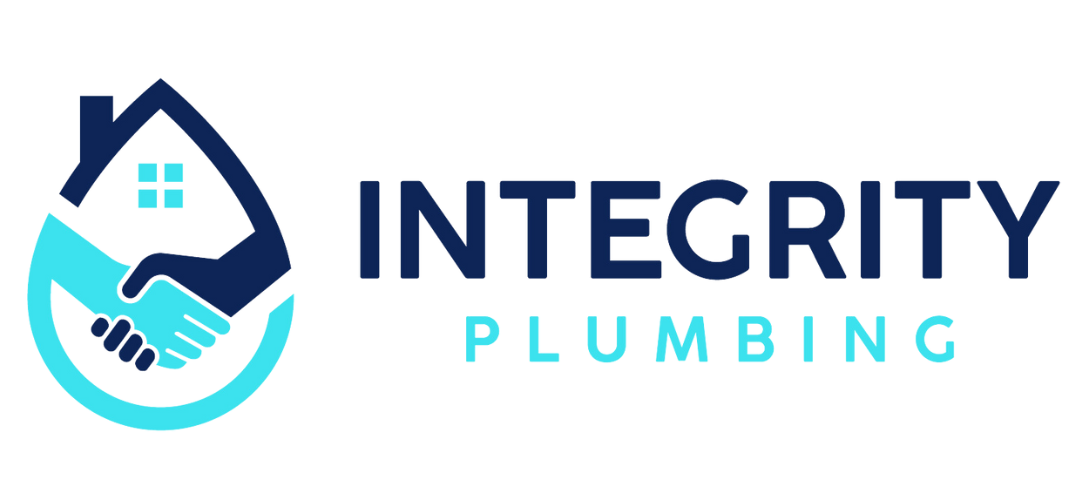The Complete Guide to Properly Unclogging Your Toilet
Dealing with a clogged toilet can be a frustrating and inconvenient experience. However, with the right tools and techniques, you can often resolve the issue without the need for professional assistance. In this comprehensive guide, we'll walk you through step-by-step instructions on how to unclog your toilet properly, covering common causes of clogs, essential tools, and effective methods to restore your toilet's functionality quickly and efficiently.
Understanding Common Causes of Toilet Clogs
Before diving into the unclogging process, it's essential to understand what typically causes toilet clogs. Some common culprits include:
Excessive Toilet Paper: Using too much toilet paper in a single flush can overwhelm the toilet's drainage capacity and lead to a blockage.
Foreign Objects: Accidentally flushing items like sanitary products, cotton balls, or baby wipes can cause stubborn clogs.
Hard Water Deposits: Mineral buildup from hard water can accumulate in the toilet trap or pipes, narrowing the passage and causing blockages.
Low-Flow Toilets: Some low-flow toilets may be prone to clogging due to reduced water volume during flushing.
Essential Tools for Unclogging a Toilet
Gather the following tools before attempting to unclog your toilet:
Plunger: A standard cup-style plunger is essential for dislodging minor clogs. Ensure the plunger's rubber cup creates a tight seal around the toilet drain.
Toilet Auger (Snake): For stubborn clogs deep within the toilet or drainpipe, a toilet auger can reach and break up blockages.
Rubber Gloves: Protect your hands from dirty water and debris by wearing rubber gloves throughout the unclogging process.
Bucket: Keep a bucket nearby to bail out excess water from the toilet bowl if needed.
Step-by-Step Guide to Unclogging Your Toilet
Follow these steps to effectively unclog your toilet:
Step 1: Prepare the Area
Start by laying down old towels or newspaper around the toilet to protect the floor from spills or splashes.
Step 2: Assess the Water Level
Check the water level in the toilet bowl. If the water level is too high and likely to overflow, use a bucket to remove some water until it's below the rim.
Step 3: Use a Plunger
Position the plunger over the toilet drain, ensuring a tight seal around the opening. Gently push and pull the plunger to create suction and dislodge the clog. Continue plunging for several minutes if necessary, adding more water to the bowl if the water level drops.
Step 4: Try a Toilet Auger
If plunging doesn't resolve the clog, use a toilet auger. Insert the auger's flexible cable into the toilet drain and rotate the handle to navigate through the trap and break up the blockage. Withdraw the auger carefully to avoid damaging the porcelain.
Step 5: Flush and Test
Once the clog is cleared, flush the toilet to ensure proper drainage. If the water flows smoothly, the clog has been successfully removed.
Step 6: Clean Up
Dispose of any debris collected during the unclogging process and thoroughly clean the toilet bowl and surrounding area with disinfectant.
Preventative Tips to Avoid Future Clogs
To prevent future toilet clogs, consider implementing these preventative measures:
Use Less Toilet Paper: Avoid excessive use of toilet paper per flush.
Avoid Flushing Non-Flushable Items: Dispose of sanitary products, wipes, and other non-flushable items in the trash.
Regular Maintenance: Periodically inspect and clean the toilet's internal components to prevent buildup and blockages.
Consider Upgrading to a High-Efficiency Toilet: Low-flow toilets are designed to minimize water usage while maintaining effective flushing performance.
When to Seek Professional Help
If you encounter persistent or recurring toilet clogs despite using DIY methods, it may be time to consult a professional plumber. They can assess and address underlying issues such as sewer line obstructions or plumbing system malfunctions.
Conclusion
Knowing how to properly unclog a toilet is a valuable skill that can save you time, money, and frustration. By following the steps outlined in this guide and taking preventive measures, you can effectively manage and resolve toilet clogs on your own. Remember to use the right tools and techniques for the job and don't hesitate to seek professional assistance if needed. With these tips, you'll be equipped to tackle toilet clogs confidently and keep your bathroom running smoothly.

